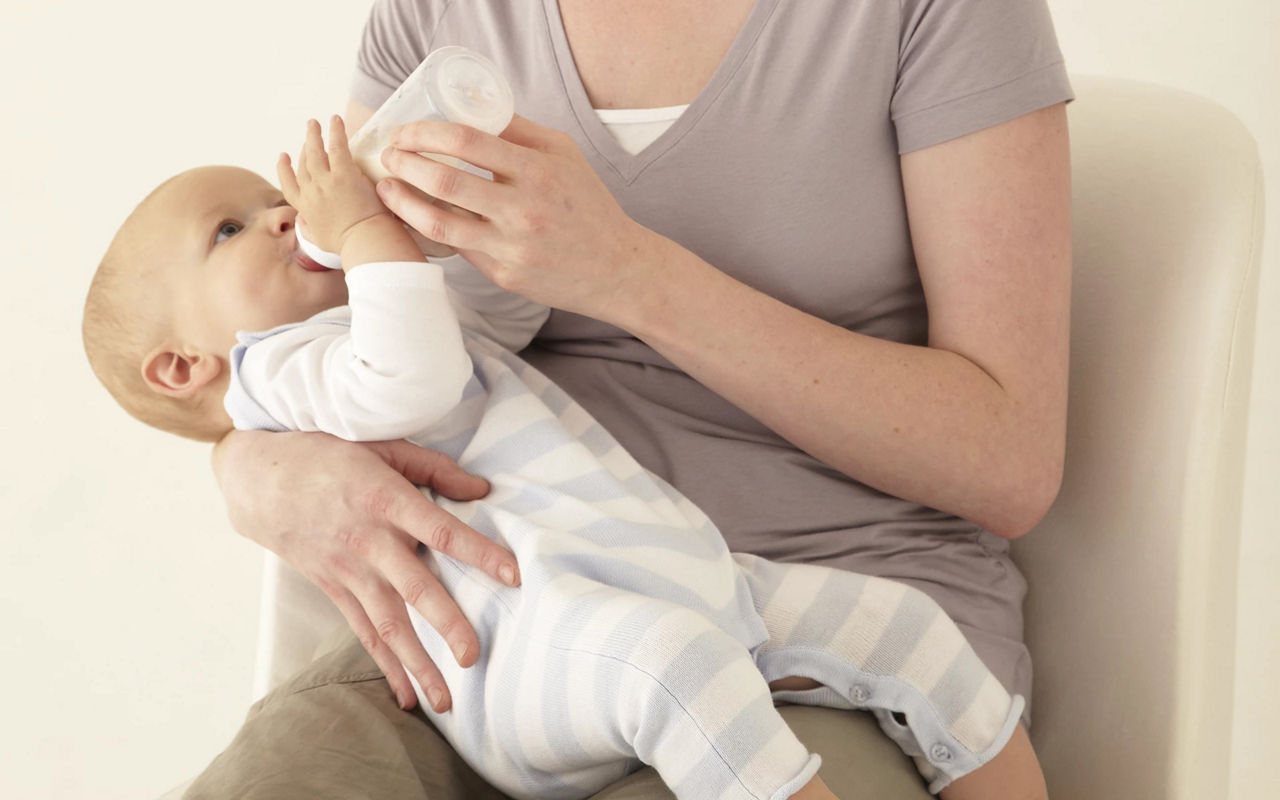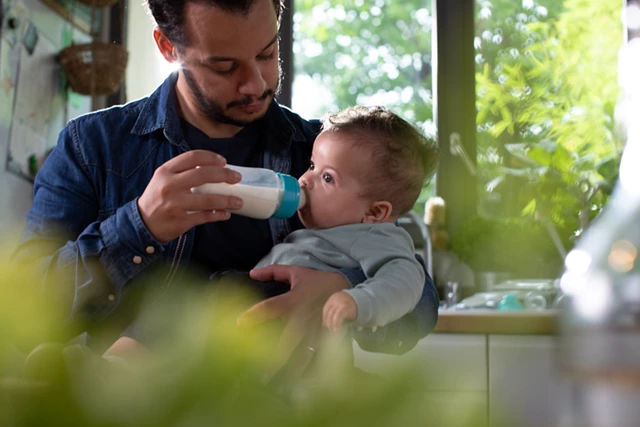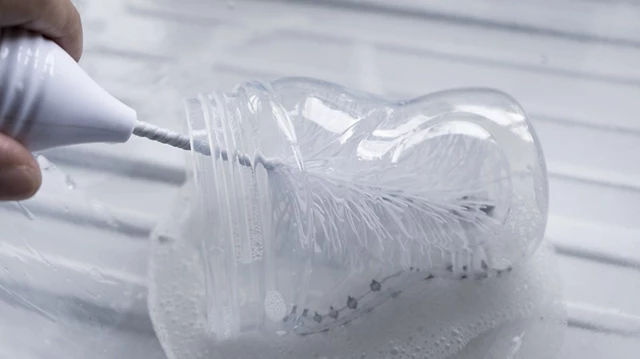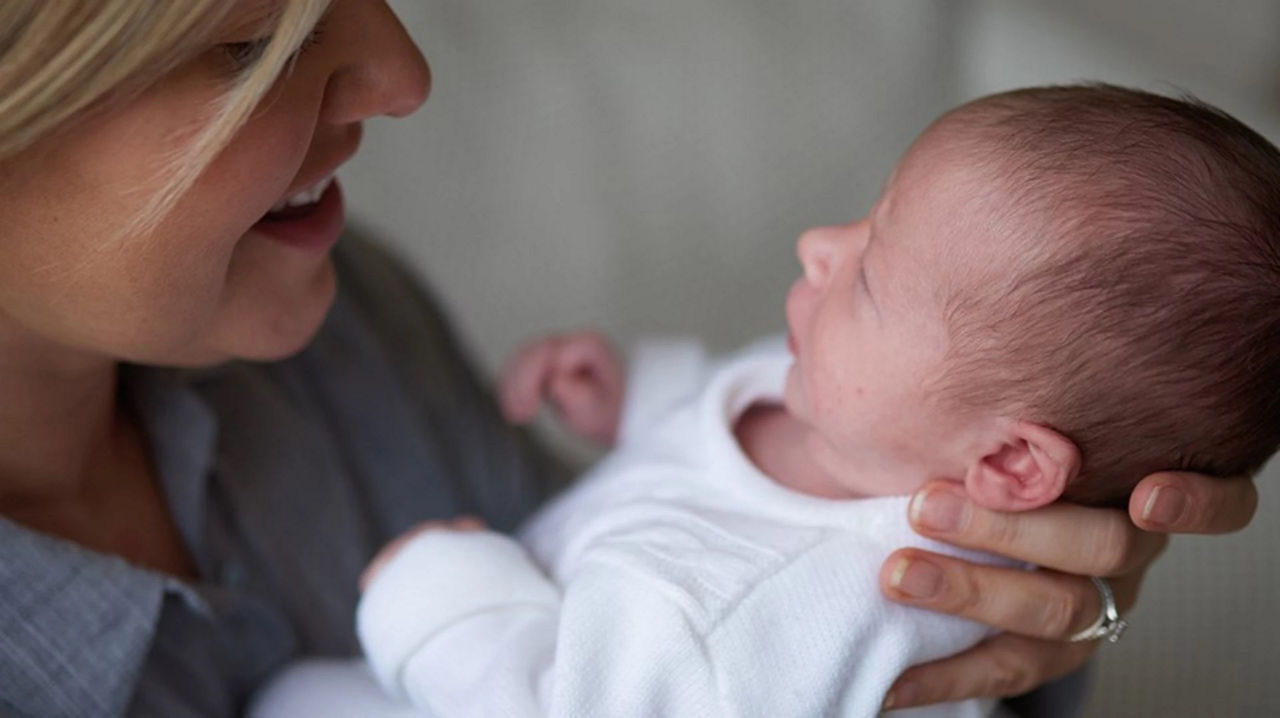There are so many varieties of bottle teats available that finding the right one can feel like quite the conundrum. Some teats however may be more suited to paced bottle feeding, for example those with a wider base and a shorter nipple. This is because they can hold enough milk when held horizontally without being tipped up and help to avoid your baby taking in excess air5.
In addition to the type of teat you decide to use, you’ll also need to think about the speed at which they allow the milk to flow from the bottle to your baby. Teats come in three main flow speeds; slow, medium and fast.
For paced bottle feeding, and for newborns generally, slow flow teats tend to be the preferred choice. They have a smaller number of holes in the teat, and hold enough milk when in an horizontal position. This allows the milk to flow more slowly into your baby’s mouth.
As your baby grows, you may find that you need to switch to a medium of faster flow teat, but always follow your baby’s lead here. Bear in mind also that the flow rate is not standardised across brands.
Over time, bottles and teats can get damaged. It’s important to check regularly for cracks and tears, and replace any damaged feeding equipment immediately.






